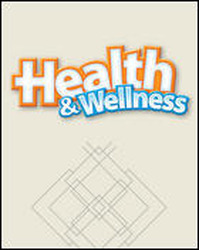1.
A) shock B) poisoning C) infection D) a puncture 2.
A) Apply an ice pack to the bridge of the nose. B) Pinch the nostrils firmly together for about five minutes before releasing. C) Tilt your head backward to stop the bleeding. D) Sit down. 3.
A) a first aid technique that is used to restore heartbeat and breathing B) an emergency technique used to dislodge an object from a person's airway C) a first aid technique used to treat an abrasion D) an emergency technique that is used to realign a broken bone 4.
A) Airway, Blood flow, Circulation B) Airway, Breathing, Circulation C) Alertness, stop Bleeding, Call for help D) Airway, Breathing, CPR 5.
A) So you can find out if you know the person B) So you can ask them how the accident happened C) So you can get phone numbers of people they want you to call for them D) So you know what is wrong with the victim and which procedures you may need to perform 6.
A) Not helping an injured person because they are bleeding B) Telling someone you would do more, but you don't want to risk getting sick C) Using a face shield to give rescue breathing to someone who has stopped breathing D) Only helping children who are injured because they are probably not sick 7.
A) It requires a medical or nursing degree. B) It can seriously injure a person if it is not done correctly. C) You don't want to get the victim's hopes up. D) all of the above 8.
A) You want to use universal precautions if someone has a stroke. B) You need to know whether to use a splint or not. C) You need to know whether to send the person home or not. D) Medical care must be given quickly to avoid permanent damage or death. 9.
A) There could be poison on the sharp object that could get into your blood. B) It can lead to avulsion. C) There could be bacteria on the sharp object that would get into your blood. D) There is a risk for developing Lyme disease. 10.
A) The situation could get much more serious. B) If the abdominal thrusts don't work, the person may be unconscious quickly. C) You will be busy treating the victim and won't have time to call once you've started. D) All of the above





